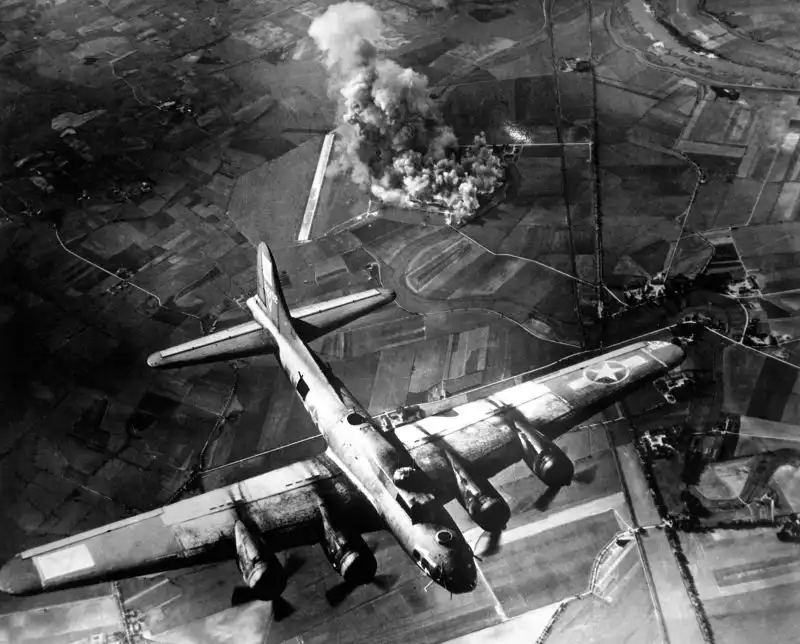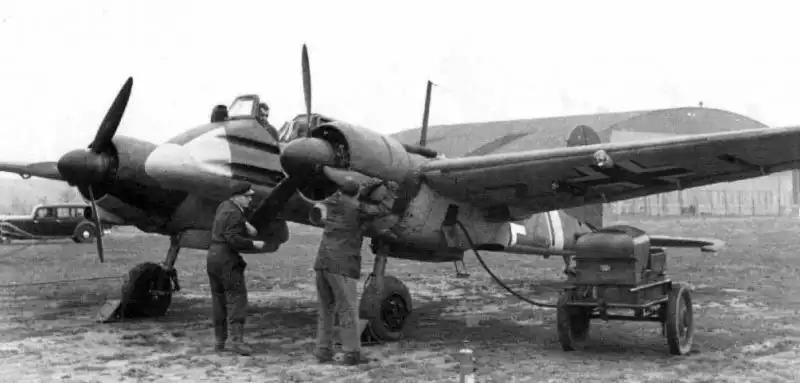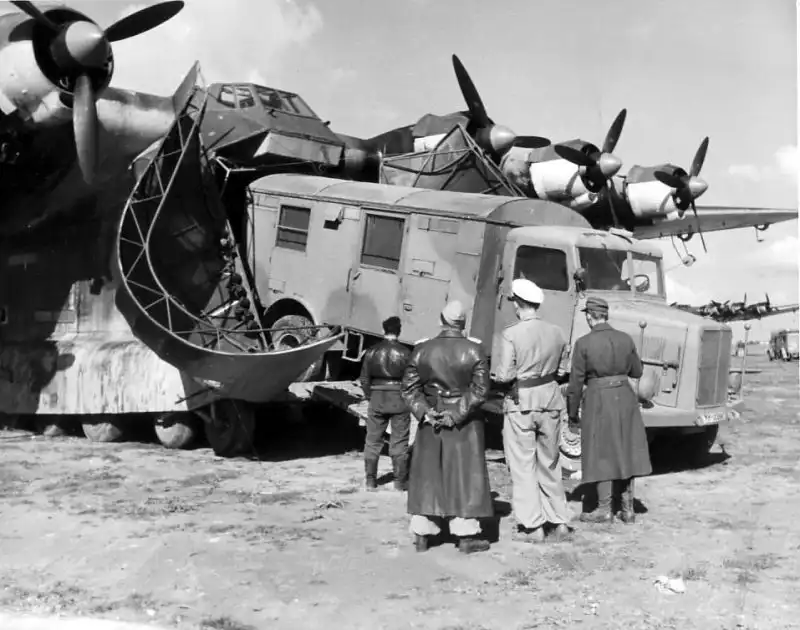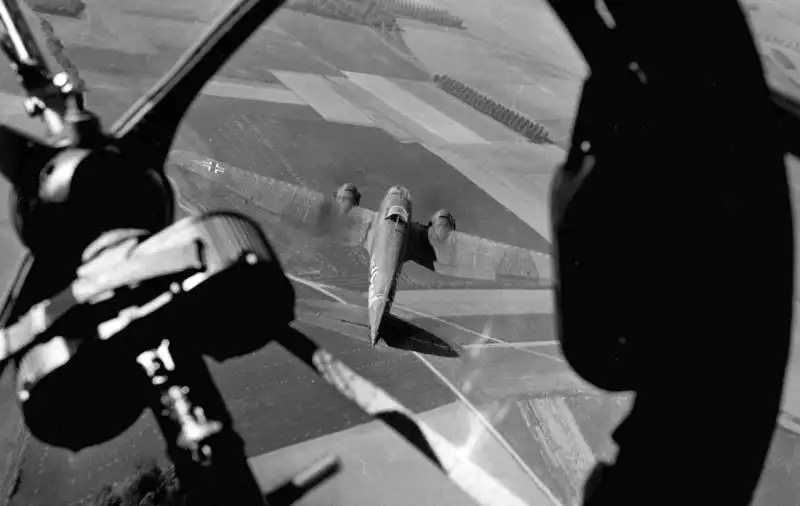Messerschmitt Bf.109E Fighters on the Eastern Front — Luftwaffe, 1941
July 25, 2025 - Reading time: 7 minutes
Messerschmitt Bf.109E fighters of the Luftwaffe, stationed at a field airfield on the Eastern Front, 1941.
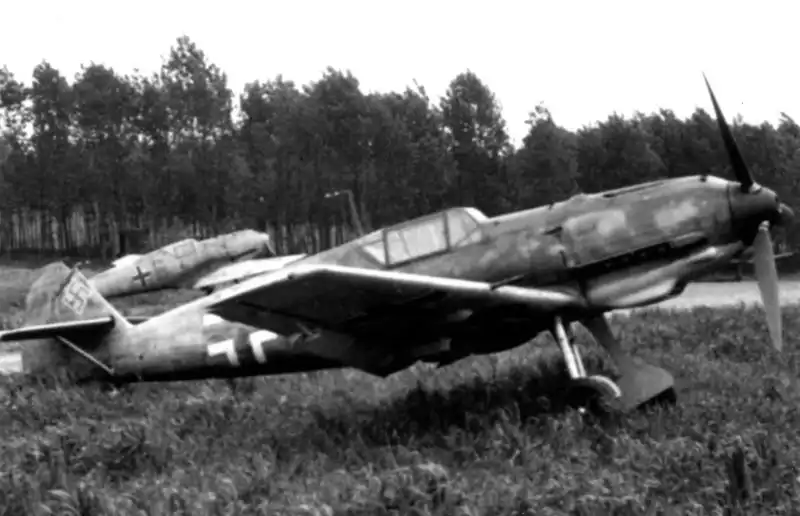
This photograph captures Messerschmitt Bf.109E fighters, one of the most iconic aircraft of the Luftwaffe, stationed at a field airfield on the Eastern Front during 1941. The Bf.109E (often referred to as the Emil) was the first truly mass-produced version of the Me-109, marking a significant evolution in German aviation.
The Bf.109E was powered by the Daimler Benz 601 engine, which proved more reliable than previous models, and included an improved fuel injection system and supercharger drive. These fighters were armed with two 7.9mm MG 17 machine guns mounted in the nose and two 20mm MG FF cannons mounted in the wings, making them formidable opponents in aerial combat.
First introduced in 1939, the Bf.109E played a major role in the Battle of France, the Battle of Britain, and later, during the Eastern Front campaign against the Soviet Union. The Emil was equipped with bulletproof glass in the cockpit and armored plating for pilot protection, improving the aircraft's survivability in combat.
The Bf.109E continued to serve until the autumn of 1941, when it was succeeded by the Bf.109F, a further improved version of the iconic aircraft. Despite its eventual replacement, the Bf.109E remains one of the most significant aircraft of World War II.
Technical photo data:
📝 Source of information: Unknown
📍 Location: USSR
📅 Date of photo: 1941
📷 Photographer: Unknown
-
Messerschmitt Bf.109E
-
Luftwaffe fighters
-
Eastern Front WWII
-
Bf.109 Emil
-
German aviation WWII
-
Daimler Benz 601 engine
-
Me-109 aircraft
-
German fighter planes
-
World War II aircraft
-
Bf.109F replacement
-
Aerial combat 1941
Tags
Category
Search
Categories
- Unidentified WWII Photos (14)
- World War II Photos 1937 (1)
- World War II Photos 1938 (1)
- World War II Photos 1939 (3)
- World War II Photos 1940 (5)
- World War II Photos 1941 (103)
- World War II Photos 1942 (60)
- World War II Photos 1943 (56)
- World War II Photos 1944 (77)
- World War II Photos 1945 (46)
- WWII and Postwar Photos 1946 (1)
